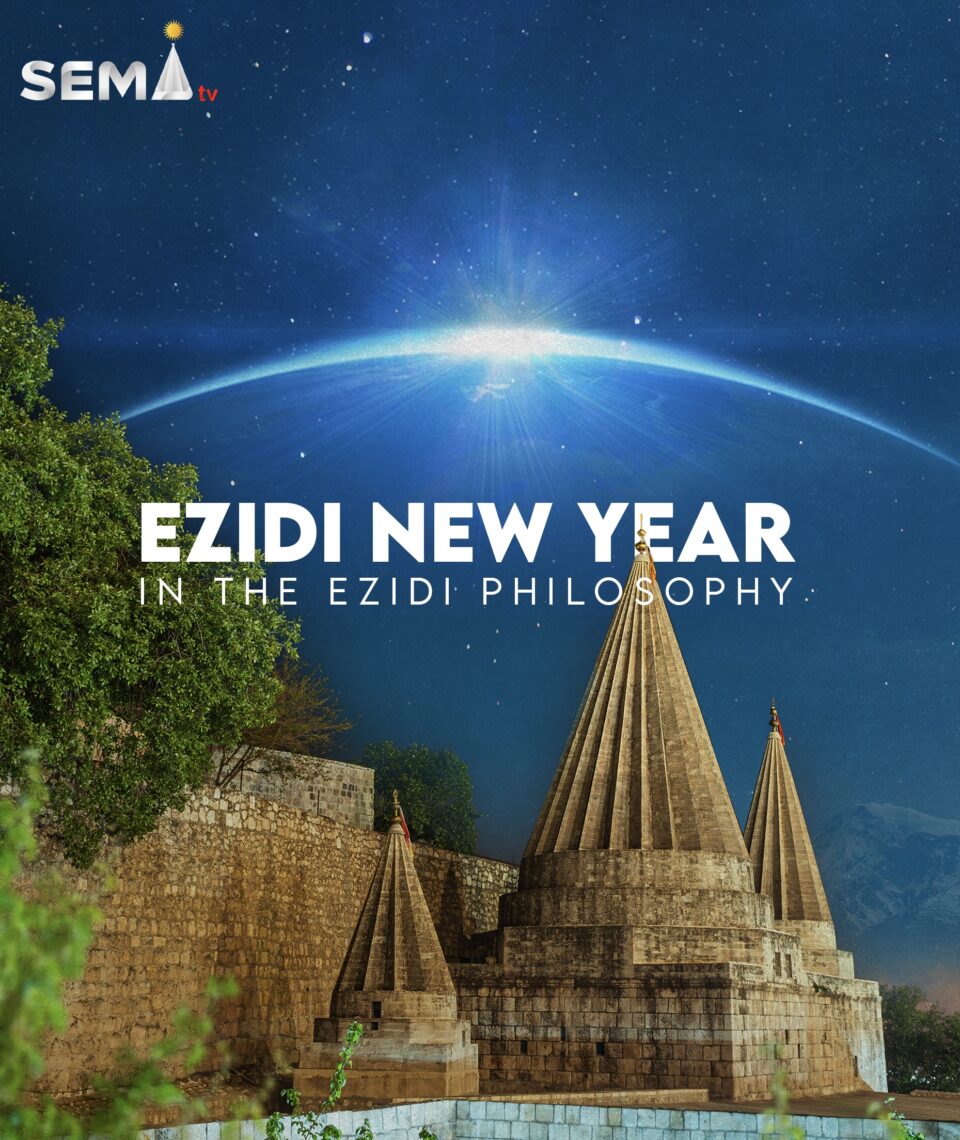Sema
The Ezidi New Year, is one of the most important and sacred holidays in the Ezidi religion.
Celebrated on the first Wednesday of April according to the Eastern (Julian) calendar, which typically falls in mid-April on the Gregorian calendar, it marks the creation of the universe and the beginning of life.
Ezidi Philosophy Behind the New Year
In Ezidi spiritual philosophy, is deeply symbolic and reflects core metaphysical beliefs:
1. Cosmic Creation (Tawûsê Melek)
• The Ezidis believe that on this day, Tawûsê Melek, and chief of the seven divine beings (Heft Sirr), descended to Earth to bring order to chaos.
• This descent is not just physical but cosmic—Tawûsê Melek instills harmony in the universe, activating life, energy, and spiritual balance.
• The universe had existed in potential, and on this day, it blossomed into manifestation.
2. The Egg Symbolism
• Eggs are dyed and broken as part of the celebration, symbolizing the cosmic eggbreaking open—the moment of creation.
• The yolk represents the sun, and the breaking of the egg is the shattering of primordial unity into the diversity of creation.
3. Renewal and Rebirth
• The festival coincides with spring, a natural time of rebirth and renewal.
• Ezidis use this period to reaffirm life, connect with ancestral and divine forces, and celebrate the cyclical nature of existence.
4. Sacred Time and Divine Order
- • Ezidi new year is not just a date—it is a sacred point in time that marks the alignment of spiritual forces.
• It also reflects the Ezidi cosmological view of divine order, where light overcomes darkness, and the divine presence animates the cosmos.
5. Community and Ancestors
• Visiting graves, lighting candles, and praying are part of the ritual, connecting the living with the dead, emphasizing continuity between generations, and the eternal soul.

